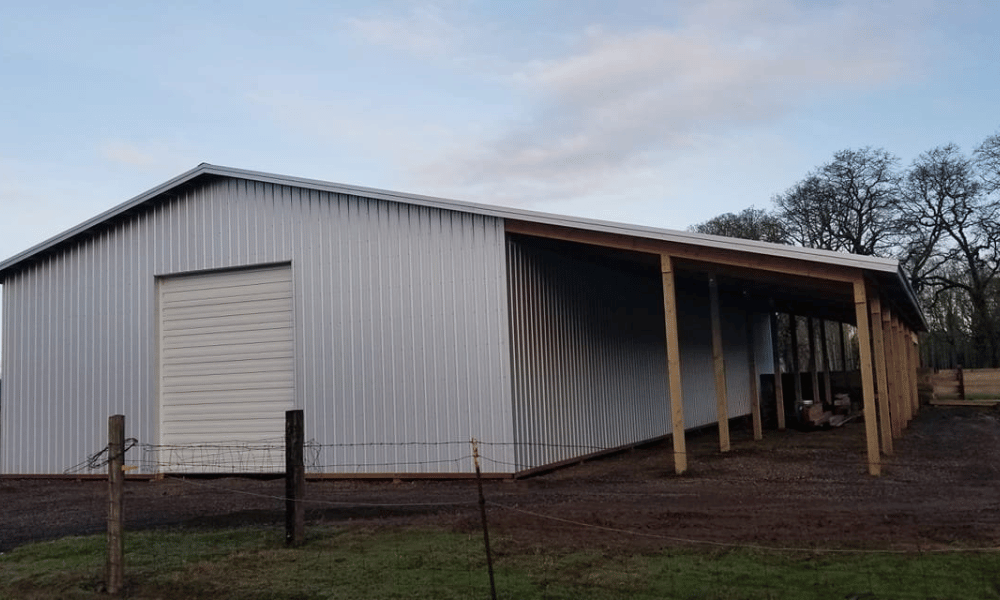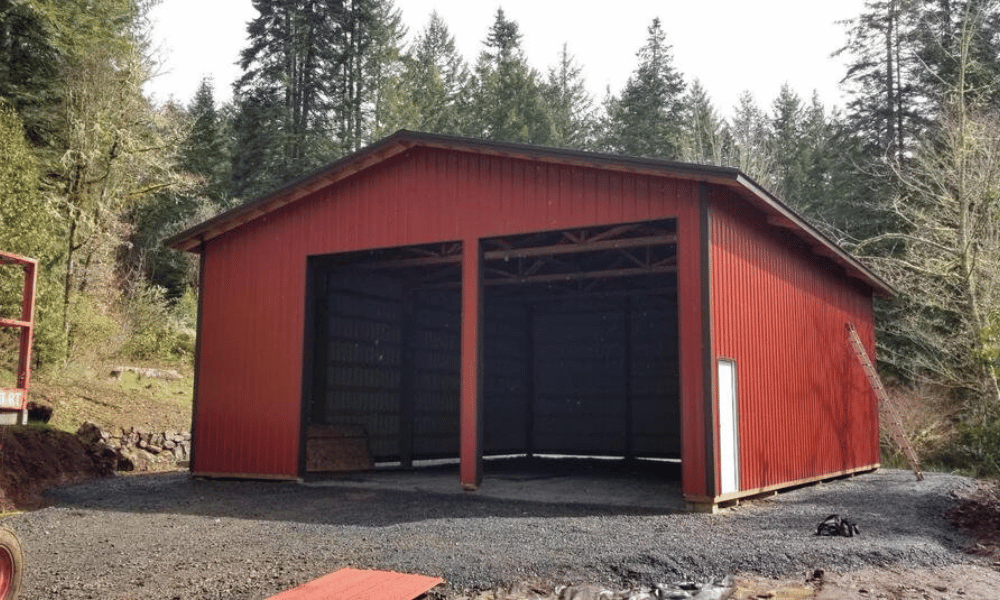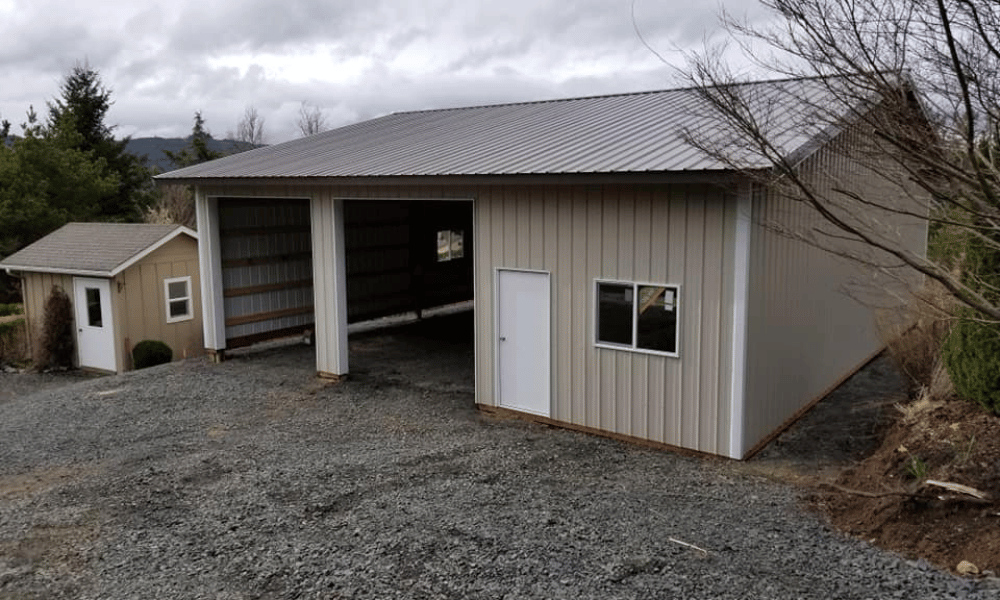Introduction
In recent years, the trend of integrating sustainable practices into agricultural https://rabbit-influence.uncrn.co/blog/celebrating-lifes-moments-in-a-unique-pole-barn-venue/ and farming operations has gained significant traction. A multi-purpose barn is often the heart of farm operations, serving various roles from storage to livestock housing. However, when you add greenhouse features to this versatile structure, you can transform it into a more efficient and productive space. This article will guide you through the process of how to incorporate greenhouse features into a multi-purpose barn while ensuring the functionality and aesthetics of your pole buildings.
Understanding Pole Buildings
What Are Pole Buildings?
Pole buildings, also known as post-frame buildings, are structures supported by timber or metal posts embedded in the ground. They are characterized by their open interior spaces and versatility in design. For farmers looking to expand their operational horizons, pole buildings can serve as excellent foundations for multi-purpose barns that incorporate greenhouse features.
Advantages of Using Pole Buildings
Cost-Effective Construction: Pole buildings typically require fewer materials and labor compared to traditional construction methods. Flexibility in Design: The open floor plan allows for easy modifications and expansions. Durability: Built to withstand harsh weather conditions, they provide long-lasting protection for crops and livestock.Why Combine Greenhouse Features with Pole Buildings?
Combining greenhouse features with pole buildings maximizes utility by allowing year-round crop production while maintaining space for storage or livestock. This integration not only enhances productivity but also promotes sustainability through controlled environment agriculture.

Key Considerations Before Integration
Assess Your Space Requirements
Before diving into designs or layouts, consider how much space you'll need for both greenhouse activities and traditional barn functions. Take into account:
- The type of crops you wish to grow. Seasonal variations in crop needs. Livestock requirements.
Climate Control Needs
Understanding your local climate is crucial when incorporating greenhouse elements. Depending on your region, you may need:
- Heating systems to maintain temperatures during winter months. Cooling systems like fans or evaporative coolers for summer months.
How to Incorporate Greenhouse Features into a Multi-Purpose Barn
To successfully integrate greenhouse features into your multi-purpose barn, follow these steps:
Step 1: Design Layout Planning
Begin with a blueprint that integrates both your existing barn layout and the desired greenhouse features. Consider:
- Orientation towards sunlight for maximum light exposure. Accessibility for maintenance tasks.
Step 2: Select Appropriate Materials
When choosing materials for your greenhouse features within the barn, look for:
- Transparent roofing options (polycarbonate panels or glass). Insulated walls that help maintain temperature control.
Step 3: Ventilation Systems
Proper ventilation is vital for plant health within a greenhouse setting. Implement systems such as:
- Manual or automatic vents. Exhaust fans designed to maintain airflow.
Step 4: Irrigation Systems
Watering plants efficiently can be challenging without proper irrigation systems in place. Consider options like:
- Drip irrigation systems that provide targeted watering. Rainwater collection systems that promote sustainability.
Step 5: Lighting Solutions
Incorporating effective lighting solutions can enhance growth rates significantly during shorter days in winter months. Options include:
- LED grow lights that mimic natural sunlight. Supplemental lighting setups based on plant needs.
Choosing the Right Location
Factors Influencing Location Choice
The location of your multi-purpose barn should consider several factors including:
Sun Exposure: Positioning should allow maximum sunlight penetration throughout the day. Access: Ensure ease of access for vehicles transporting goods or equipment. Drainage: Avoid low areas where water may accumulate; good drainage helps prevent root rot in plants.Proximity to Utilities
Consider how close your structure is to essential utilities such as water lines and electrical sources when planning installations like irrigation systems and lighting setups.


Creating a Workflow
Creating an efficient workflow between the greenhouse area and other sections of the barn is essential for productivity. Think about establishing distinct zones within your barn such as:
Planting Zone: Dedicated space where seedlings are started before being moved to larger beds. Harvesting Zone: An area equipped with tables where harvested crops can be cleaned and packaged. Storage Zone: Space allocated for tools, supplies, or processed crops ready for sale or distribution.Integrating Technology into Your Barn-Greenhouse Hybrid
As technology continues to evolve, integrating smart solutions can greatly enhance productivity within your hybrid structure:
Automated Climate Control Systems
Investing in automated climate control systems allows you greater flexibility in managing temperature and humidity levels without manual intervention—perfect for busy farmers!
Smart Irrigation Systems
Using smart sensors can optimize water usage based on real-time data about soil moisture levels—reducing waste while ensuring plants receive adequate hydration.
Materials Needed When Building
Here’s a quick look at some essential materials required when incorporating greenhouse elements within pole buildings:
| Material Type | Purpose | |---------------------|-----------------------------------------| | Polycarbonate Panels | Transparent roofing material | | Insulation Boards | To maintain temperature | | Ventilation Fans | Air circulation | | Grow Lights | Supplementary lighting | | Drip Irrigation Kits | Efficient watering solution |
Common Challenges & Solutions
While combining greenhouses with multi-purpose barns offers many benefits, challenges may arise such as:
Limited Space
Solution: Multi-tiered planting setups can maximize vertical space usage while providing ample room below for other activities.
Pest Management
Solution: Implement integrated pest management strategies rather than relying solely on pesticides which could harm crops or livestock nearby.
Frequently Asked Questions (FAQs)
What are pole buildings?- Pole buildings are structures supported by posts embedded in the ground; they allow wide-open spaces suitable for various purposes including storage, workshops, and animal housing.
- Yes! With proper climate control technologies integrated into your barn's design, you can create conditions conducive to year-round vegetable growth even during winter months!
- Installing exhaust fans along with humidistats will enable automatic adjustments based on current humidity levels—ensuring optimal growing conditions inside your hybrid setup!
- Utilizing roof vents combined with side wall vents creates cross ventilation—a crucial factor in maintaining air quality while preventing overheating during hot summer days!
- Always check local zoning laws regarding agricultural structures; permits may be necessary depending on size/type of construction planned!
- Many varieties thrive well indoors—but tomatoes, peppers & herbs tend particularly favorably under monitored environmental controls!
Conclusion
Incorporating greenhouse features into a multi-purpose barn represents an innovative approach aimed at maximizing efficiency while promoting sustainable farming practices! By following this comprehensive guide on how to incorporate greenhouse features into a multi-purpose barn, you're well-equipped with strategies ranging from layout planning all the way through technology integration tailored specifically towards enhancing productivity within pole buildings! So roll up those sleeves because it’s time get started on crafting not just any ordinary structure—but rather an extraordinary hub brimming with potential!